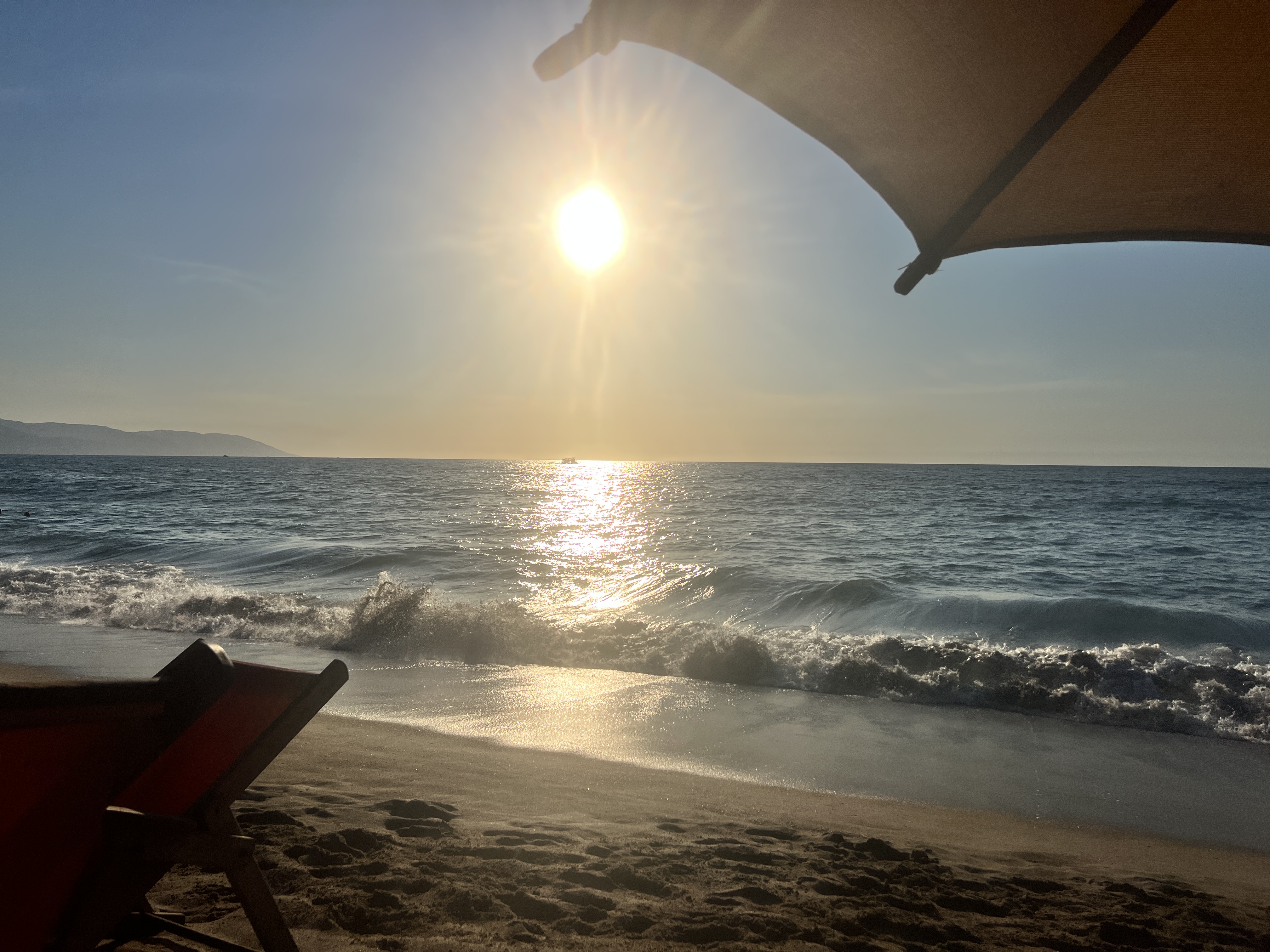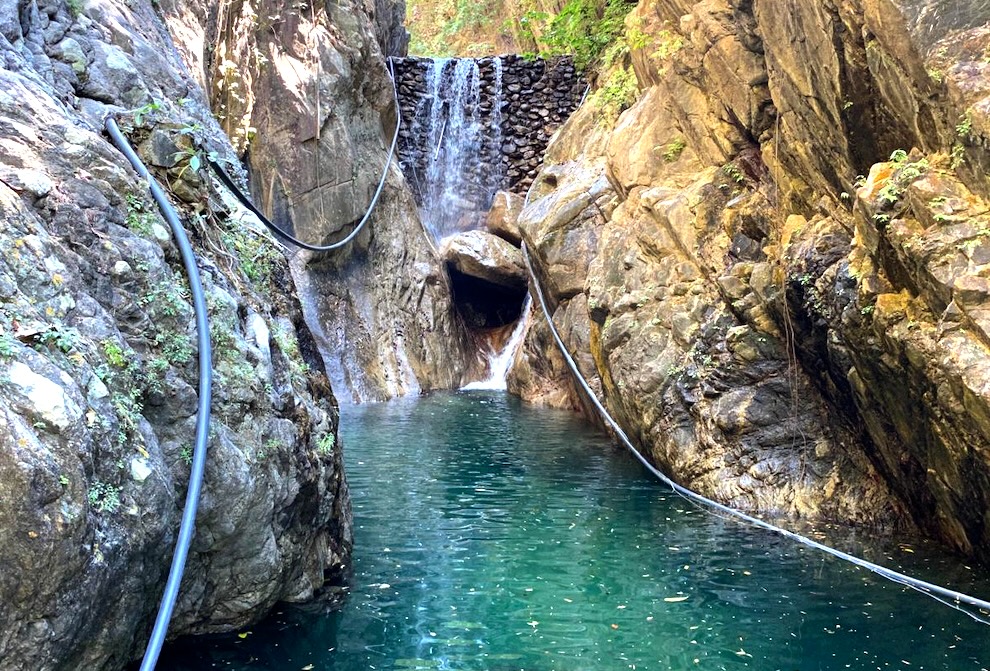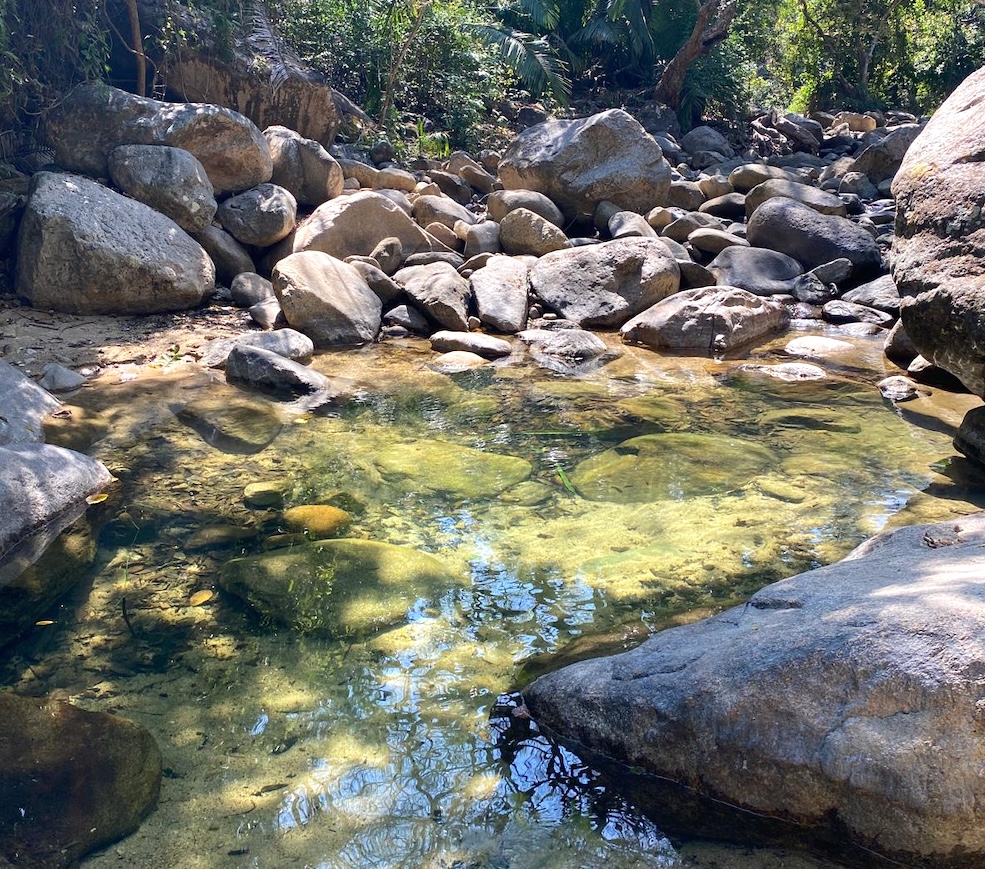Hello, water lovers! After over 30 years of teaching swim lessons, I’m still amazed by how much there is to learn about water safety. The pool of knowledge is vast, and it’s always worth diving deeper!
But let’s get real: access to swimming pools and quality water safety programs isn’t always guaranteed. In many places, splash pads and fountains are becoming more common because they’re cheaper to maintain and easier to insure than traditional pools. However, this shift comes with a cost. Less pool access means fewer opportunities for people to learn essential swimming skills and safety.
Now that I live in Puerto Vallarta, I see firsthand that water is everywhere! The aquatic beauty here is extraordinary, from sparkling pools to the vast ocean, winding rivers, and hidden waterfalls. But with so much water around, it’s crucial to understand the risks. Here’s how to keep yourself and your loved ones safe, whether enjoying a swim, a beach day, or exploring natural water spots.
Top 10 Water Safety Tips
1. If a Child Goes Missing, Check the Water First
When a child goes missing, always check the water immediately. The difference between fun and danger can be just a matter of moments.
2. Use the Buddy System
Swimming is safer and more fun with a buddy. Whether at the beach, pool, or river, never swim alone—always have someone there with you.
3. Teach Kids to Exit the Water Anywhere
Children often learn to jump into the water before they master getting out. Teach the “elbow, elbow, chest, tummy, and knee” technique to help them safely climb out like little pros!
4. Back Float – Your New Best Friend
If you’re in trouble, flip onto your back instead of calling for help right away. Floating on your back allows you to rest, breathe steadily, and call for help more effectively.
5. Life Vests Are Indeed Lifesavers
Always wear a life vest when boating or engaging in water sports. A properly fitted vest is like having a supportive floatation hug!
6. Know Your Depth
Before diving in, always check the water’s depth. Avoid diving headfirst into unknown waters, and start with a feet-first entry to ensure safety.
7. Start with a Feet-First Entry
Even if the water seems safe, always begin with a slow, feet-first entry. Reserve headfirst dives for designated areas only.
8. Swim Lessons Save Lives
Swimming is more than just a skill—it’s a life-saving necessity. Enroll in lessons, even as an adult, to build confidence and safety in the water.
9. Set Safety Rules
Make water safety a fun and engaging part of pool time. Use signs, games, or songs to reinforce rules, especially for children.
10. Always Wear Sunscreen!
Protect your skin by applying sunscreen before swimming and reapplying frequently. A painful sunburn can quickly turn a fun day into a regretful one.
Conclusion: Make a Splash, Stay Safe!
Navigating through all that fun doesn’t have to be risky! Follow these tips to ensure you enjoy every drop of water while staying safe. So, grab your shades, don those funky floaties, and create splash-tastic memories, all while staying safe!
Remember: Awareness is the key to safety. Together, we can ensure all our water adventures are fun, secure, and unforgettable. Happy swimming, and see you at the pool!

































